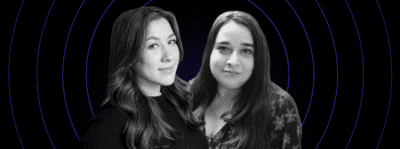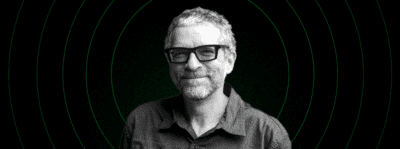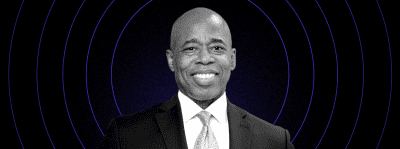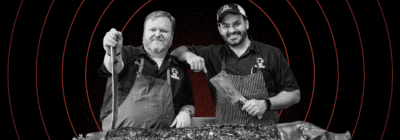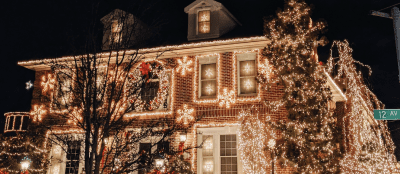Photo illustration by Joelle McKenna
MLK in NYC: ‘He knew the importance of the city’
On "Brooklyn Magazine: The Podcast," a look at the ways New Yorkers—and Brooklynites—have always advocated for civil rights
Like what you’re hearing? Subscribe to us at iTunes, check us out on Spotify and hear us on Google, Amazon, Stitcher and TuneIn. This is our RSS feed. Tell a friend!
Today is Martin Luther King Jr. Day. And today on “Brooklyn Magazine: The Podcast,” we are taking a look at the ways in which New Yorkers have advocated, agitated, and exercised their power to shape the discussion around civil rights.
MLK himself is deeply connected to the city. He visited churches, gave speeches, appeared at the United Nations, met with the Mayor Robert F. Wagner Jr., and worked with the homegrown network of activists here.
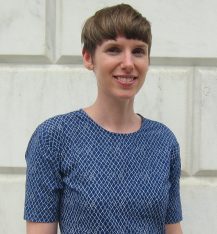

Seidman
“He used the city as a launching pad for media appearances, televised debates, press conferences,” says my guest on the Brooklyn Magazine podcast, Sarah Seidman, the Puffin Foundation Curator of Social Activism at the Museum of the City of New York. “He met with mayor Wagner after the riot in the city in ’64, knew the importance of the city as a media capital, but also as a gateway to the work in the postwar period and its roles a global city.”
For example, Most Americans know of King’s “I Have a Dream Speech,” but many may not know “Beyond Vietnam,” which he delivered at Riverside Church in April of 1967.
The immediate response to King’s speech in opposition to the war was largely negative: Certain skeptics did not see the connection between the civil rights struggle in the U.S. with an ongoing, unpopular war in South Asia, says Seidman. Both the Washington Post and New York Times published editorials criticizing the speech. King had “diminished his usefulness to his cause, to his country, and to his people,” wrote the Washington Post.
“At the time, King was totally lambasted,” says Seidman. “LBJ pretty much stopped talking to him after that so he did face real consequences for his antiwar stance in some ways that’s hard to even grasp now.”
But for King there was a straight line connecting the domestic struggle with the global stage, which included the fight for independence of African nations and with the work that Gandhi had done in India.
Seidman curates the ongoing exhibition Activist New York, which explores nearly 400 years of activist histories in New York City. She has, she says, rooted her career in examining hidden histories and making them both visible and accessible. So to mark Martin Luther King Jr. Day, we are talking not only about King’s relationship to the city, but the city’s wider role in the civil rights struggle—through the Bed-Stuy Brooklyn Chapter of CORE, the Congress of Racial Equality, and the career of Rep. Shirley Chisholm, up to the Black Lives Matter demonstrations at Barclays Center and beyond this past summer.
“It’s certainly an overwhelming moment and I don’t know if I’ve reached mental clarity about it,” says Seidman about our own current historic moment. She is, she says, “connecting past and present, and being struck by calls for unity. The idea that, ‘This isn’t who we are,’ but seeing such a longstanding and continuous violence around racism and freedom. The results in Georgia happening in the same day as the attacks on the Capitol seems very connected.”
Click here to hear more, or subscribe wherever you get your podcasts.
You might also like 

















